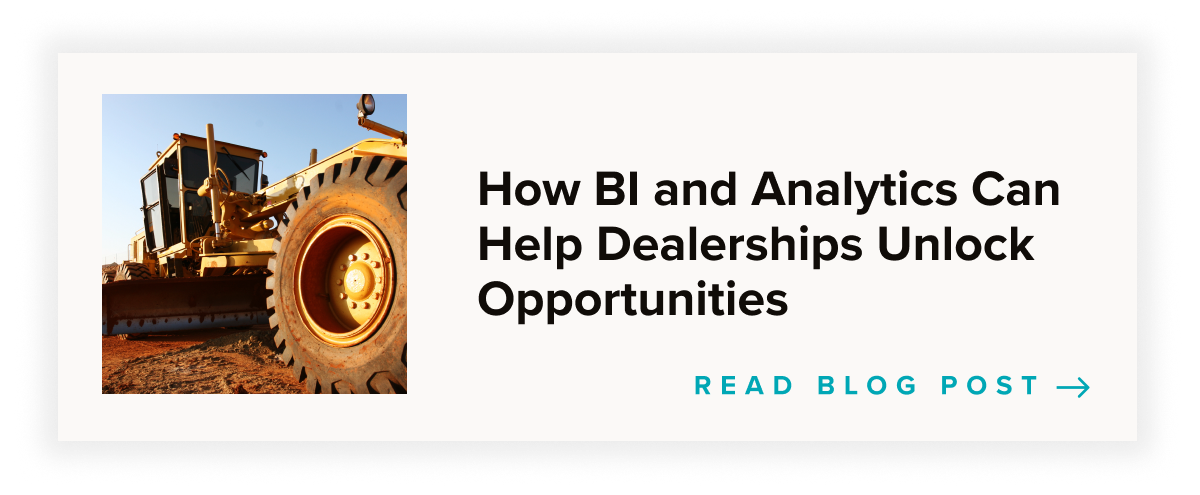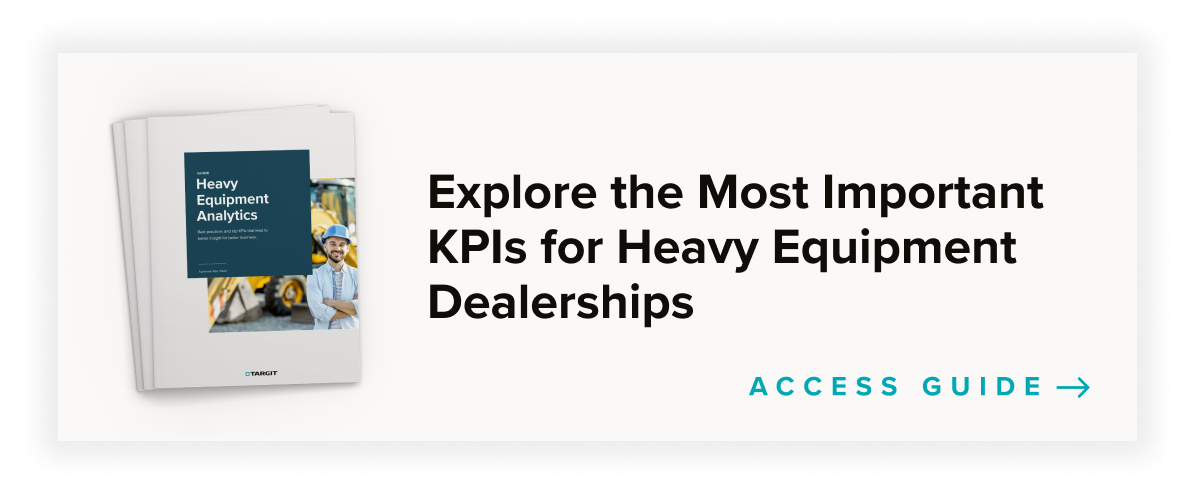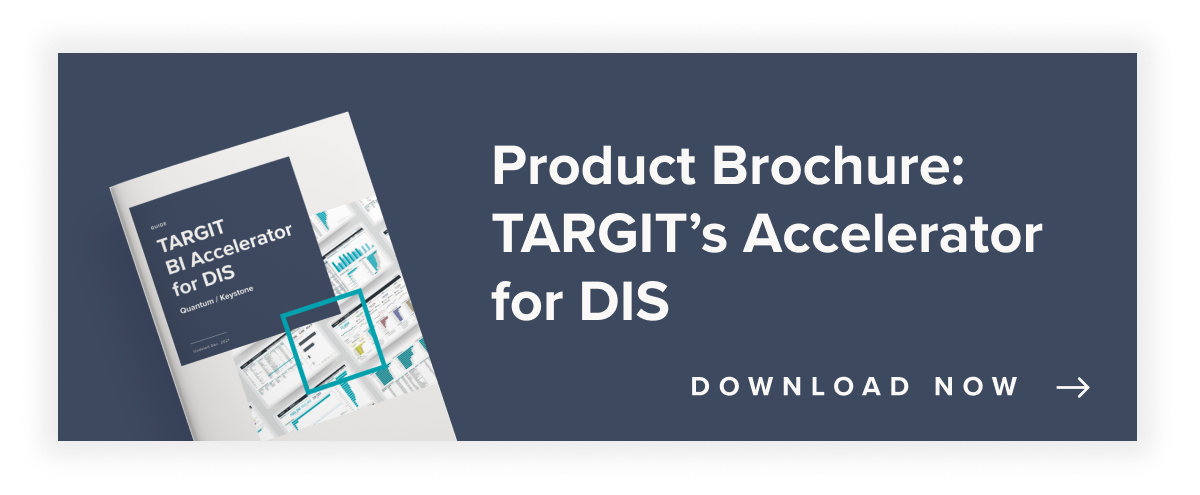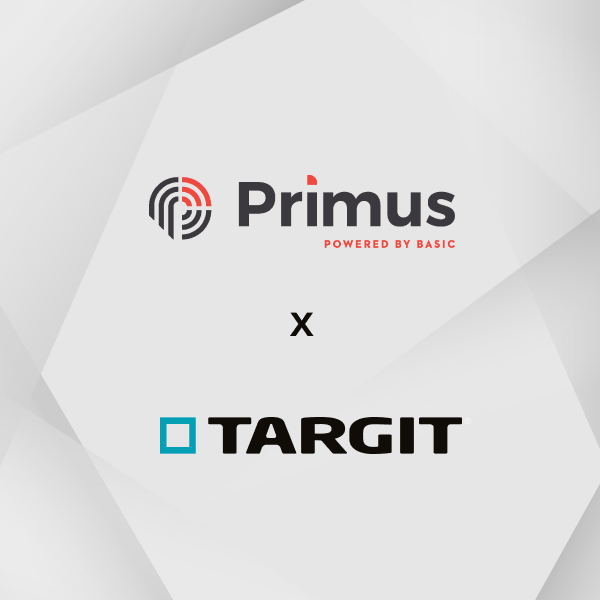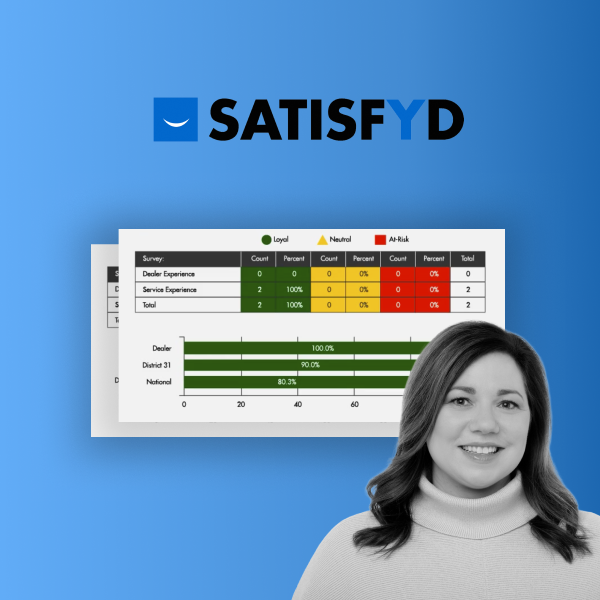TARGIT leverages decades of experience in BI and heavy equipment to provide dealers with intuitive solutions that support their unique needs. We’ve led over 60 dealership BI implementations in the last three years. We connect with leaders in the heavy equipment space through our involvement in the Associated Equipment Distributors (AED) association.
Our end-to-end BI and analytics platform, TARGIT Decision Suite, combines robust back-end data modeling with a user-friendly front-end built for Heavy Equipment dealerships. With TARGIT, dealerships can unify data sources, create custom dashboards, and automate complex reporting workflows to turn dense data tables into digestible reports that inform decision-making and give your teams unparalleled visibility into dealership performance.
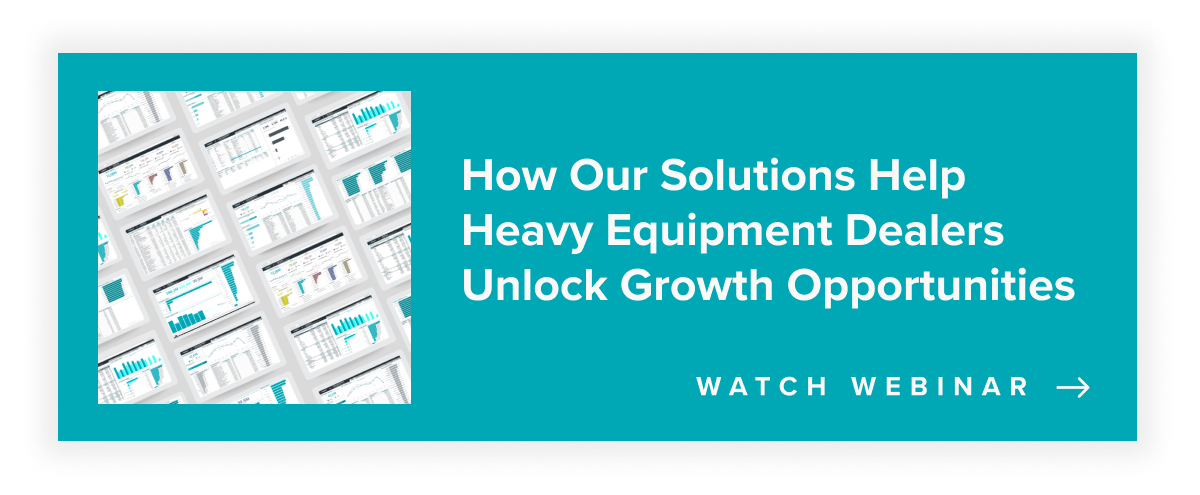
TARGIT puts the unique needs of dealerships in the forefront, providing your teams with comprehensive insight into every aspect of your fleet, KPIs, and internal operations with leading capabilities, including:
- Cloud-Based Hosting: Turn complex server networks and legacy BI systems into a comprehensive solution that unifies data sources and protects your system from security threats.
- Streamlined Data Processing: Cut data preparation time by over 60% with TARGIT’s InMemory database and give time back to your teams while uncovering new reporting opportunities.
- Custom Reports & Visualization Tools: Drill down into data or create high-level reports in minutes with responsive, customizable dashboards that always reflect the most up-to-date information.
- Heavy Equipment Expertise: Get actionable recommendations from experts in business intelligence and heavy equipment with over 90 years of combined industry experience.
TARGIT gives you access to all your enterprise data in one single, user-friendly platform. From raw DMS data to decision-leading insights, TARGIT will be your organization’s key platform for streamlining analytics.
Pre-Built Reports By Department
Heavy equipment dealerships use TARGIT Decision Suite to monitor important metrics in every department. Not only can dealers use BI and analytics to measure performance, but they can also use high-level findings and historical trends to improve it.
TARGIT includes pre-configured reporting structures built to drive value for your dealership by unlocking insights in the following areas:
- Finance & Sales — Monitor your internal finances and keep track of the trends in your dealership’s monthly sales to create new initiatives for growth.
- Rental — Access timely insights on machine efficiency, equipment utilization, rental rates, and more, then monitor performance and trends over time.
- Parts & Equipment — Record and review performance directly in TARGIT to streamline daily tasks and align inventory data in a secure, cloud-based system.
- Services — Send and view reports from anywhere, even if you’re not on the premises.
Since each department can configure reports and dashboards around their specific needs and goals, dealerships can monitor Service, Sales, Finance, etc., with a few clicks of their mouse. Then, they can use those reports to inform future improvements or uncover hidden inefficiencies within their operations.
Automated Reporting Tools
Develop batch reports based on what’s most important to your dealership, then automate report creation and scheduling to uncover the latest insights in a snap.
TARGIT Decision Suite fully automates standard reporting functions, turning an arduous process into one that’s completed in a matter of minutes. Users can share reports across departments or with leadership in just a few clicks or schedule routine reporting daily, weekly, or quarterly to ensure everyone’s always working for the latest information.
Configurable BI Dashboards
Create intuitive dashboards that even the most non-technical employees can easily customize or update in seconds. TARGIT helps dealers provide their employees with digestible dashboards that present relevant, up-to-date insights in minutes.
With TARGIT’s embedded analytics solutions, users can access those dashboards directly from the tools they already use—right in their email or on-screen in the office. Our user-focused features give teams access to data and reporting information from Windows, web, or mobile devices in just a few clicks.
Multi-Source Data Integrations
Keep your operations aligned without a heavy technical lift of complicated data collection processes.
Connect disparate data sources and legacy management systems through TARGIT InMemory to create a comprehensive view of your dealership’s data. Then, leverage dashboards and reports in TARGIT Decision Suite to share high-value insights with everyone on your team.
End-to-End Technical Architecture
Integrate data from external tables and warehouses directly into TARGIT Decision Suite for fast analyses.
TARGIT’s backend system pulls data from your dealership’s existing sources — like a DMS, ERP, or CMS platform — into our InMemory database, where daily data refreshes and ETL scripts ensure accuracy and consistency across the board.
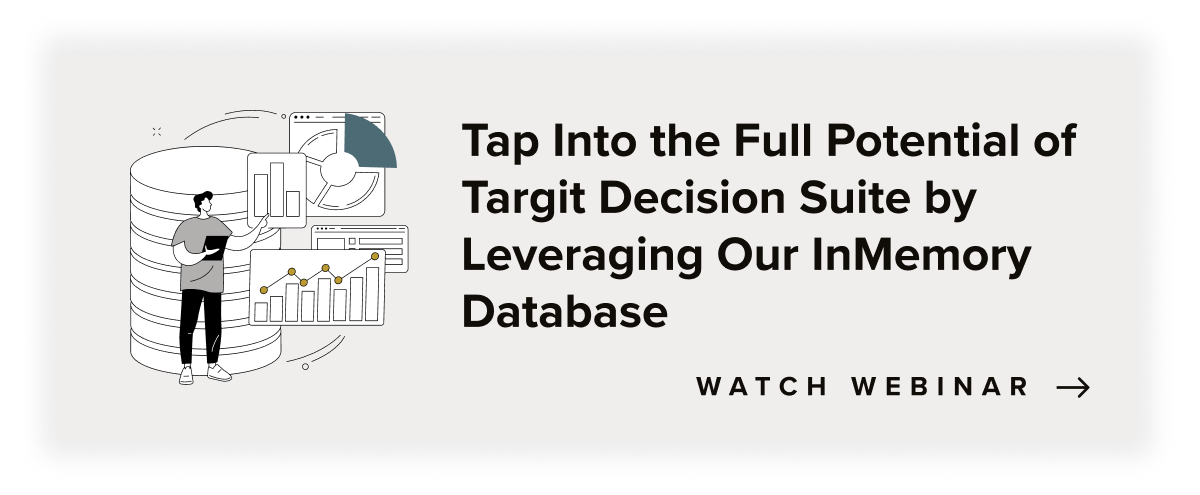
From there, your dealership can build dimensional data models for each department or focus area and view dynamic visualizations and reports directly from TARGIT dashboards.
User-Friendly Interface
User adoption is critical in helping your business become more data-driven. However, most legacy BI platforms are technically complex and challenging to use.
TARGIT Decision Suite was developed with your dealership’s end-users in mind. While its back-end capabilities are endlessly customizable, front-end tools and interfaces are easy to learn and implement into daily operations, even for non-technical users.
Scalable Backend Infrastructure
Your BI platform shouldn’t just meet the needs of your current operations; it must support the future growth of your dealership. Unlike some analytics tools that stagnate over time, TARGIT Decision Suite prioritizes scalability at every turn.
TARGIT makes it easy to add new data sources, integrations, and reporting structures to your BI practice. Plus, we’re continuously exploring new capabilities and rolling new releases out to our customers to ensure their software always supports their operational needs.
Role-Based Security Features
Manage data access and security tools to improve data governance.
TARGIT combines the control of a centralized BI solution with the flexibility of a decentralized solution, providing your dealership with robust security features and dependability. With TARGIT, dealers can configure security features for:
- Databases: Control which users can access each database in your tech stack.
- Folders: Customize access by department to ensure users only see relevant data.
- Login credentials: Provide each user with a unique login and associated dashboard based on their user type or department.
- Mobile access: Configure mobile access outside the firewall so users can use TARGIT on the go.
Use TARGIT’s security management portal to customize the individual user experience and control who has access to data within your BI systems. TARGIT makes it easy to restrict users from accessing a particular area – for example, payroll data – while still enabling them to drill down into detail behind the dashboards and analyses they have access to.
Self-Service Capabilities
Along with offering user-friendly toolsets, your dealership’s BI platform should make it easy for employees to access and use data how and when they need it. TARGIT Decision Suite prioritizes data democratization with self-service tools like guided analytics and data discovery features that help users implement BI and analytics into their day-to-day tasks.
Self-service BI improves user adoption and breaks down the invisible wall between your dealership’s data analysts and the rest of your organization, extending the power of data-driven insights to every level of your operations.
Streamlined Implementation Process
Navigate BI implementation and realize ROI from day one with support from TARGIT’s dedicated team.
With decades of experience, many implementations under our belts, and excellent success rates, we know the best practices to carry out a successful implementation. Our teams can manage implementation, testing, user training, and more to ensure your new BI solution works with your teams, not against them.
We’re with you every step of the way to ensure 100% satisfaction and high user adoption. We’ll partner with you to create a custom project plan that will set your dealership up for success.
